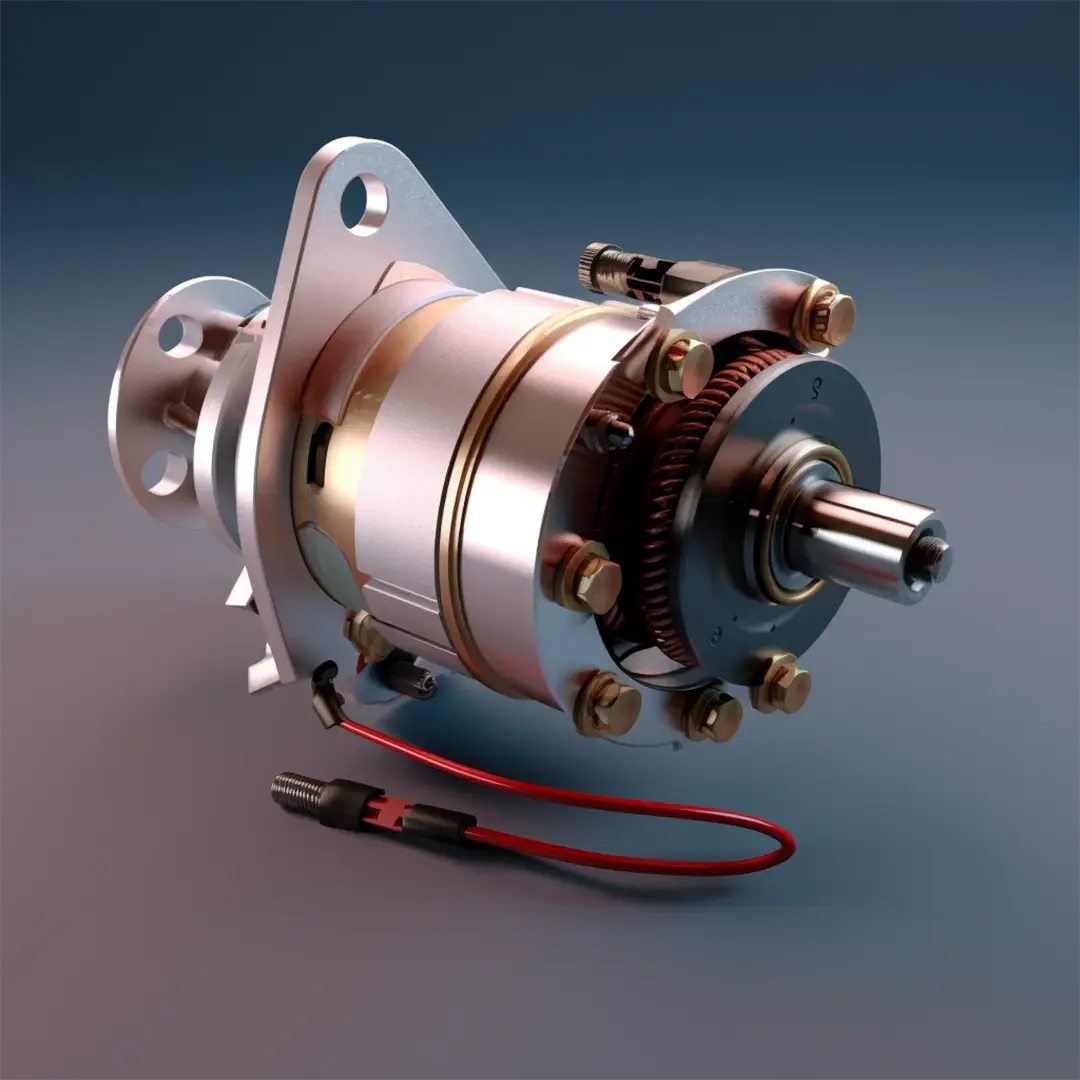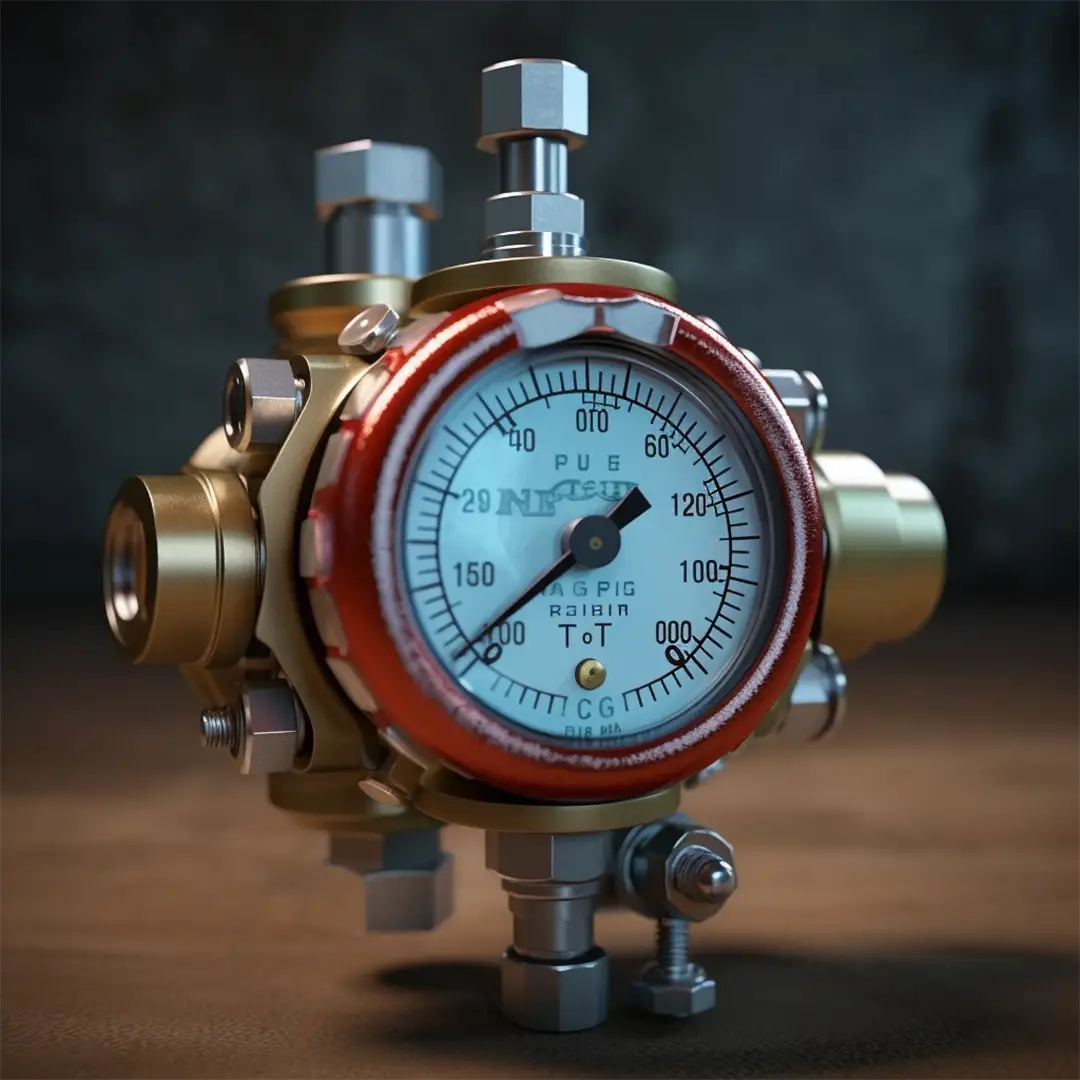2, rue de la Ternière
Avrillé cedex FRANCE
- 150 million ground pins designed each year
- Co-designer of custom fasteners for 100 years and manufacturer of standard products: iso 8734 or din 6325
- From Ø1.5 to Ø25 and from 8 mm to 100 mm
- Steel (free-cutting, forging, carbon, alloyed...), Stainless steel (CNF or CND) Aluminium, Brass, etc.
They are often used in applications where precise fastening is essential, such as in machine tools, measuring equipment and medical instruments.
Ground cylindrical pin - din 6325 - iso 8734





Ground cylindrical pin - din 6325 - iso 8734







- Feasibility checks using the FMEA tool, which is used to analyze failure modes, their effects and criticality.

- Production of initial samples in medium series, and validation of production with PPAPs in accordance with IATF 16949.

- Development of detailed production processes according to the APQP quality process

- Collection and analysis of production data to identify trends and variations. 3PPM in 2023.
The advantages of manufacturing with LGC Industries


.png)

.png)


- 24 Multi-spindle lathes
- 45 Tours Escomatic
- 42 Banding machines
- 8 Plunge and enfilade grinders
Find out more about the technical features of our products
Discover other products
What is a ground part?
A ground part is a part that has undergone a machining finishing step called "grinding". This treatment consists of removing material from the part using a grinding wheel to obtain the desired size and shape.
A ground part is synonymous with precision, because a ground part is used where tolerances and requirements are strict.
It is the grinding wheel that comes into friction with the cylindrical pin, which is a disc or strip of abrasive material in :
- Corundum: capable of machining a wide variety of materials, including plastics
- Diamond: used when machining very hard materials such as ceramics or hardened steels.
- Silicon carbide: used for hard materials such as steel.
At LGC, we offer a variety of grinding wheel shapes, each with its own specific grinding characteristics:
- Cylindrical grinding wheel: for classic cylindrical surfaces, e.g. a cylindrical pin.
- Conical wheels: for conical surfaces, e.g. for a conical pin.
- Flat grinding wheel: for flat surfaces
The ground cylindrical pin can be of any shape, but there are standards for defining standard pins. In the case of ground cylindrical pins, the standards are din 6325, iso 8734 and din 7.
What is a ground cylindrical pin?
The ground cylindrical pin is a cylindrical pin which has undergone a grinding process, enabling it to meet customer requirements and comply with din 6325, iso 8734 and din 7 standards.
Since this pin is used in very specific sectors with very strict requirements, the pin is ground to the nearest micron.
For example, we can find a ground cylindrical pin to meet the needs of different fields of application:
- On machine tools
- Measurement equipment
- Medical instruments.
How is an LGC ground cylindrical pin made?
The LGC method for manufacturing a ground cylindrical pin is similar to that for other pins, since the basic steps are the same:
- Step 1: As with all all pinsthe first step is to cut the bars from the raw material, generally steel in the case of a ground cylindrical pin.
- The second stage is a cnc machining process called décolletage. Part of the turning family, this involves rotating the material by bringing cutting tools into contact with the rotating material. Thin layers of material are peeled off, resulting in the desired pin shape.
- Grinding is the third stage, at which point the pin passes between the grinding wheels to obtain a micron-precise diameter and a high-quality surface finish. This is the process that enables us to obtain din 6325, iso 8734 and din 7 standards for your ground cylindrical pin.
- Step 4: LGC carries out quality control at the end of the manufacturing process of your ground cylindrical pin, using high-tech measuring tools and the expertise of our staff (three-dimensional laboratory, 100% control machine, digital profile projector).
Once these 4 stages have been completed, we ship the parts to the customer by the means of transport that requires the lowest possible CO2 emissions.
What are the advantages of a ground cylindrical pin?
When we say ground cylindrical pin, we mean din 6325 or din 7 ground cylindrical pin, as well as iso 8734 ground cylindrical pin or iso 2338 cylindrical pin.
What's the difference between these two pins?
These two pins are identical, the only difference being their standard names: the din 6325 cylindrical pin conforms to the German standard, while the iso 8734 cylindrical pin to the international one.
They may have different standard names, but their benefits are identical:
- Precision: the precision offered by grinding guarantees precise positioning of the pin in the assembly, ideal for rotational axes or the positioning of cylinder heads, for example.
- Resistance: after grinding, the cylindrical pin considerably increases its resistance to wear, as its surface finish improves, reducing friction and thus maintenance requirements.
- Comfort: the smooth surface of the ground cylindrical pin reduces noise and vibration during sliding and rotating movements.
- Aesthetics: grinding improves the aesthetic appearance of a pin, leaving it with a smooth, shiny surface.
- Standard product: Although LGC can meet your needs with a custom-ground cylindrical pin, the fact that this pin is recognized by din 6325, iso 8734 and din 7, iso 2338 makes it the reference of choice.
What are the standards for ground cylindrical pins?
Standards, whether German (din) or international (iso), define the criteria for the materials, dimensions and mechanical properties of cylindrical pins, ensuring their safety and reliability.
Here are the equivalences between the din and iso standards for a ground cylindrical pin and a standard cylindrical pin that we can design:
- din 6325 or iso 8734: ground cylindrical pin
- din 7 or iso 2338: cylindrical pin





















